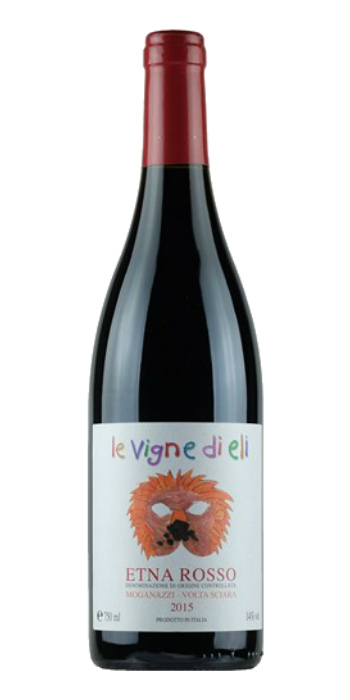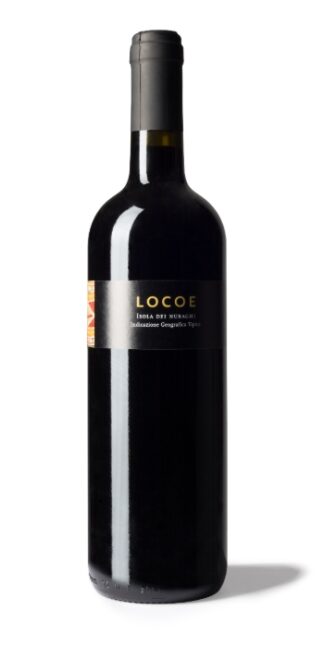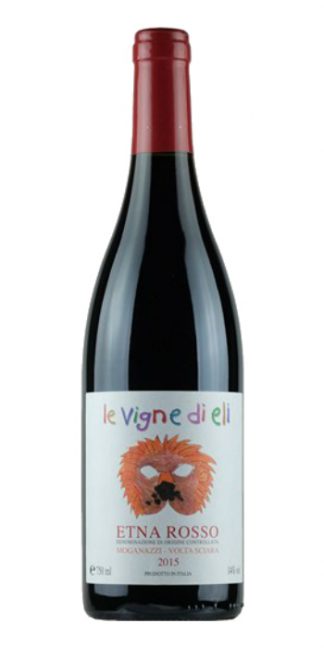Description
Etna Rosso Moganazzi Volta Sciara 2015 Le Vigne di Eli
Variety: Nerello Mascalese 98% and Nerello Cappuccio 2%
Etna Rosso Moganazzi Volta Sciara comes from a small vineyard of not even one hectare in the Moganazzi Volta Sciara district in the municipality of Castiglione di Sicilia, on the north side of Etna, at an average height of 650 m. s.l.m ..
The soil is volcanic, with volcanic ash, black pumice and volcanic rock.
Both Nerello strains were planted in 1950.
The harvest is done by hand, and the alcoholic fermentation lasts about 10 days. After carrying out the malo-lactic fermentation, it ages for 18 months in oak barrels for 20% new.
Etna Rosso Moganazzi Volta Sciara 2015 The Vigne di Eli
Ruby red color
The nose has head aromas of red berries. Swirling the glass, the details of red currant, raspberry, geranium flowers, ash, minerals and rocks arrive. Follow the humus and the earth, and among the spices cinnamon and cigar tobacco.
On the palate it is in perfect balance between Form and Substance, It has great ability to wrap and leave the mouth clean. Excellent ripe tannins and therefore not bitter, but to be noted there are certainly the sensations expressed by minerality.
excellent expression of Etna wine, a supreme example of extreme elegance.
The Vigne di Eli is located on the north slopes of Etna, and was founded in 2006 by Marco de Grazia, owner of the much more famous Tenuta delle Terre Nere.
“Creating Le Vigne di Eli – says Marco – was as simple and easy as an act of love, which I did towards my daughter Elena (Eli), who was still a baby at the time. It happened in 2006: I was first offered a small vineyard, then another, both in exceptional cru: Feudo di Mezzo and Moganazzi-Voltasciara. I bought them and since these lands were so small and so beautiful, they reminded me of my little girl, Elena. In this way, Le Vigne di Eli was born ”.
“Using Elena’s designs as a wine label was a consequential idea – Marco explains – because I have always loved his designs. And in the same way, in a completely natural way, the impulse came that this “child property” would help to help less fortunate children. In fact, a substantial part of the profits is donated to the Meyer Pediatric Hospital in Florence. In this way, the project for children reaches its full fulfillment. “






